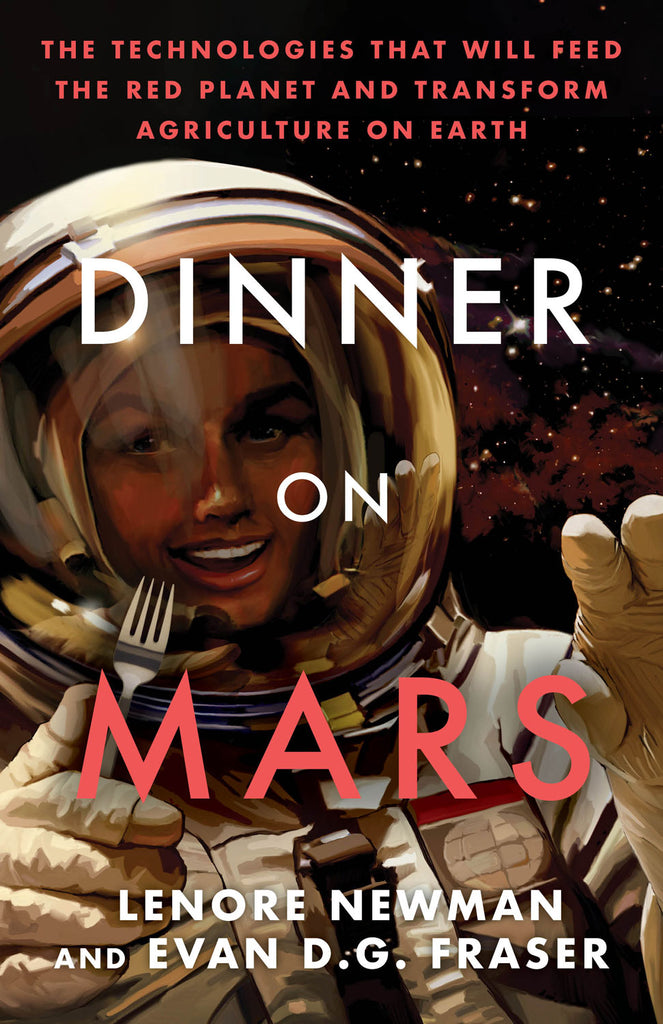| Author(s) | |
|---|---|
| Publisher | |
| Publication Year |
Dinner on Mars
The Technologies That Will Feed the Red Planet and Transform Agriculture on Earth
From Impossible Burgers to lab-made sushi, two witty, plugged-in food scientists explore leading-edge AgTech for the answer to feeding a settlement on Mars — and 9 billion Earthlings too
Feeding a Martian is one of the greatest challenges in the history of agriculture. Will a Red Planet menu involve cheese and ice cream made from vats of fermented yeast? Will medicine cabinets overflow with pharmaceuticals created from engineered barley grown using geothermal energy? Will the protein of choice feature a chicken breast grown in a lab? Weird, wonderful, and sometimes disgusting, figuring out “what’s for dinner on Mars” is far from trivial. If we can figure out how to sustain ourselves on Mars, we will know how to do it on Earth too. In Dinner on Mars, authors Fraser and Newman show how setting the table off-planet will supercharge efforts to produce food sustainably here at home.
For futurists, sci-fi geeks, tech nuts, business leaders, and anyone interested in the future of food, Dinner on Mars puts sustainability and adaptability on the menu in the face of our climate crisis.







